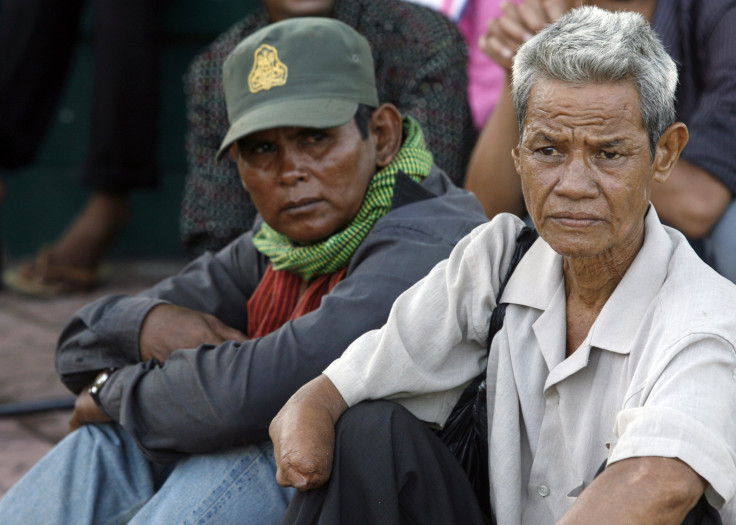Poor Cambodians Want Microinsurance, But Do Not Trust Existing Products

A new survey from the United Nations found that while 78 percent of Cambodians are willing to pay for insurance to transfer their financial risks, just 17 percent currently have insurance, as information for options are not readily available in the new and flailing microinsurance industry.
The U.N. Development Program (UNDP) hosted a working group on Monday at the Sunway Hotel in Phnom Penh to kick off the study, highlighting Cambodia’s need for a more comprehensive microinsurance industry, which works like regular insurance companies but targets the poor. In Cambodia, coverage is usually $2 to $6 per year, the Phnom Penh Post reported on Tuesday.
The program surveyed 302 people in the Kandal, kampong Cham and kampong Thom provinces, 97 percent of whom said they often face risks including illness, drought, flood, death of a household member and crop damage. Most -- 90 percent -- said illness is the most common risk, while 49 percent said crop failure is the most common risk.
While very few of those surveyed currently have insurance, 70 percent said they were former microinsurance customers but discontinued their policy due to inflexible payment options and complicated policy documents. However, 78 percent said they would be willing to pay up to $15 per year to curb their financial risks.
The findings prompted the UNDP to call for the Cambodian government and finance organizations to think outside the box when designing a microinsurance strategy. Current offerings are criticized as not suited to the Cambodian people, the Phnom Penh Post reported.
The lack of trust is a major deterrent for rural communities, said Marisa Foraci, a social protection economist for the UNDP, who expressed fear that the lack of carefully thought-out products could force the nation’s 9 million low-income citizens to take on more debt through microfinance loans.
“[Cambodia’s] low-income communities have become dependent on microfinance loans in times of crisis. This will undoubtedly result in over-indebtment and may lead to intergenerational poverty transmission,” Foraci said.
At the end of September, Cambodians owed close to $1.2 billion to the country’s 35 microfinance institutions, about 30 percent of which account for agricultural production, according to data from the Cambodia Microfinance Association.
© Copyright IBTimes 2024. All rights reserved.





















